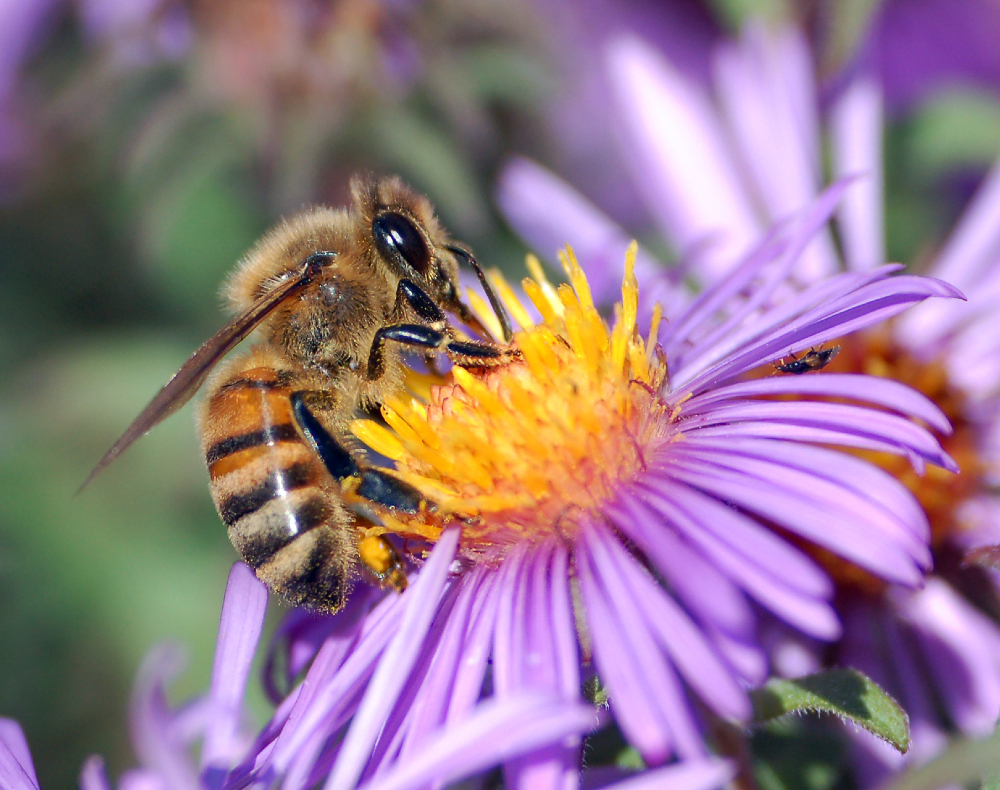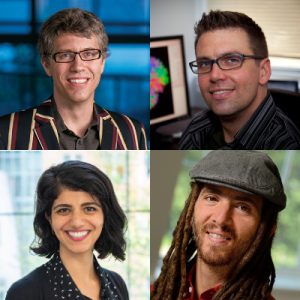
While artificial intelligence is becoming a bigger part of nearly every industry and increasingly present in everyday life, even the most impressive AI is no match for a toddler, chimpanzee, or even a honeybee when it comes to learning, creativity, abstract thinking or connecting cause and effect in ways they haven’t been explicitly programmed to recognize.
This discrepancy gets at one of the field’s fundamental questions: what does it mean to say an artificial system is “intelligent” in the first place?
Seventy years ago, Alan Turing famously proposed such a benchmark; a machine could be considered to have artificial intelligence if it could successfully fool a person into thinking it was a human as well. Now, many artificial systems could pass a “Turing Test” in certain limited domains, but none come close to imitating the holistic sense of intelligence we recognize in animals and people.
Understanding how AI might someday be more like this kind of biological intelligence — and developing new versions of the Turing Test with those principles in mind — is the goal of a new collaboration between researchers at the University of Pennsylvania, Carnegie Mellon University and Johns Hopkins University.

The project, called “From Biological Intelligence to Human Intelligence to Artificial General Intelligence,” is led by Konrad Kording, a Penn Integrates Knowledge Professor with appointments in the Departments of Bioengineering and Computer and Information Science in Penn Engineering and the Department of Neuroscience at Penn’s Perelman School of Medicine. Kording will collaborate with Timothy Verstynen of Carnegie Mellon University, as well Joshua T. Vogelstein and Leyla Isik, both of Johns Hopkins University, on the project.
The project’s funding is a planning grant that is part of the National Science Foundation’s National Artificial Intelligence Research Institutes program. The program is committing approximately $120 million to establish six AI Research Institutes and support a variety of such planning grants, which are preliminary projects that will undergird the Research Institutes’ work. Collectively, these research efforts will be part of a long-term, multidisciplinary and multi-institutional effort to address the most fundamental questions surrounding artificial intelligence.
“The objective of this project is to develop a revolutionary new class of AI by focusing on four key elements of biological intelligence,” says Kording. “Humans and other animals, unlike current AI agents, do not start as blank slates, do not forget when they learn new things, have curiosity, and interpret the world in terms of cause and effect.”
This discrepancy is why the original conception of the Turing Test is insufficient for AI researchers.
“Today’s AI excels only in very narrow domains, while even the simplest animals are much more flexible in their learning and behavior,” says Isik.
“This group aims to define what is missing in AI relative to biological and human intelligence and to determine which research paths can enhance future approaches,” adds Vogelstein.
While artificial systems excel at certain tasks, those tasks must be very carefully defined. Moreover, these systems “learn” to complete those tasks by ingesting massive amounts of data that are pre-selected to fit the relevant criteria. Biological intelligences, by contrast, have evolved to extrapolate from past experiences in order to solve unpredictable problems.
“Mice, bees, and even lampreys exhibit a shocking degree of intelligence that we don’t fully appreciate until we realize what they can do compared to state-of-the-art AI,” says Verstynen. “For example, all of these creatures are able to more effectively explore their environment than our best self-driving cars can do right now.”
Kording and his colleagues plan to investigate how AI might attain these more general learning and reasoning abilities by developing modern versions of the Turing Test, measuring those specific aspects of intelligence found in biological intelligences but not current AI. They will then administer this test to animals — including mice and honeybees — along with humans and AIs in order to better quantify AI performance relative to biological intelligences, providing benchmarks and milestones that other AI researchers can use in their own work.
